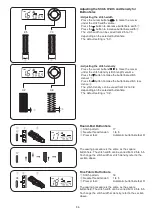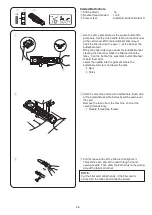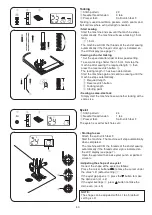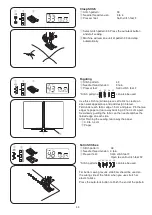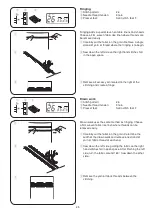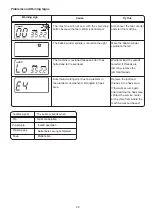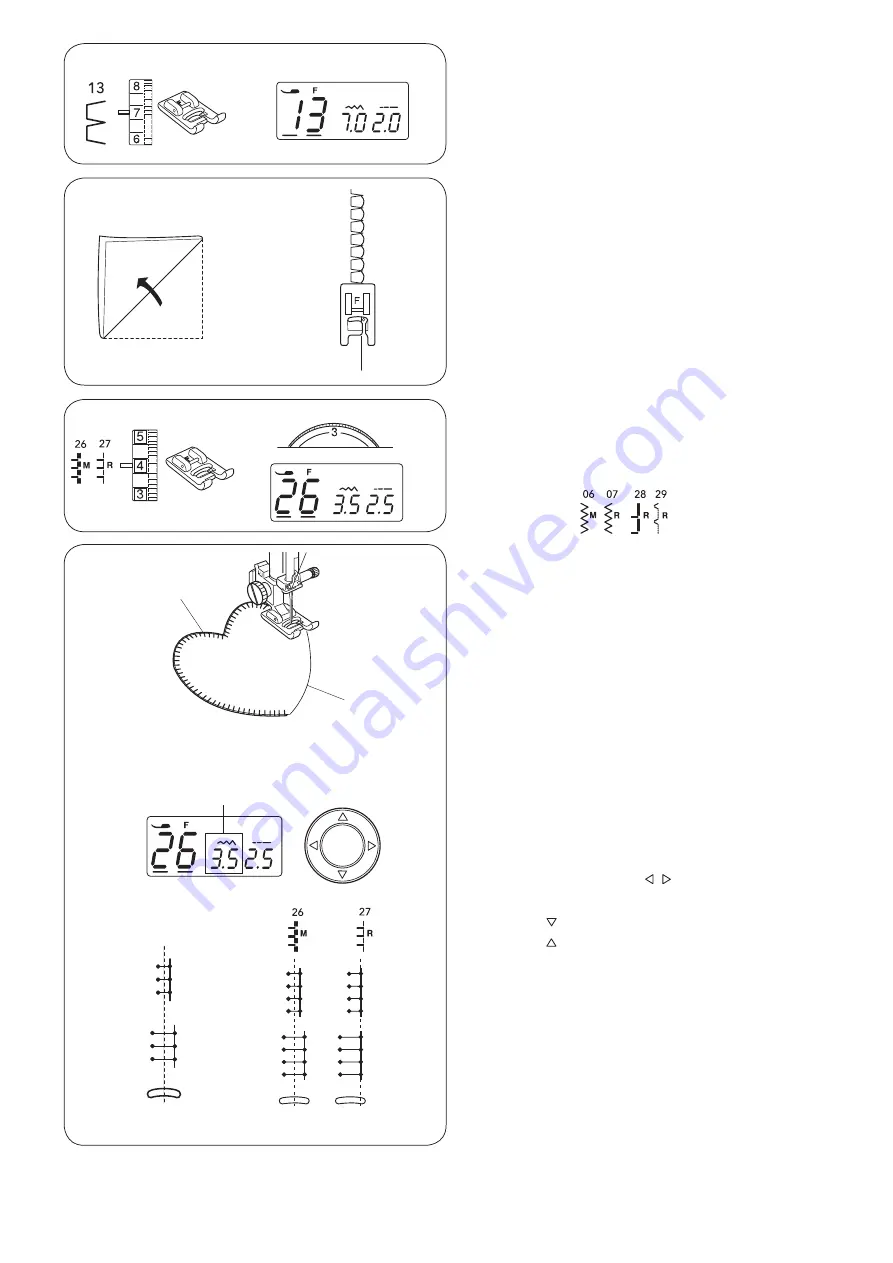
41
q
e
w
Shelltuck Stitch
q
Stitch pattern:
13
w
Needle thread tension:
6 to 8
e
Presser foot:
Satin stitch foot F
Use a lightweight fabric (tricot, for example). Fold the
fabric as shown and stitch on the fold. Allow the needle to
just clear the folded edge to create a shelled edge. You
may need to increase the needle thread tension slightly.
If you sew rows of shell stitches, space the rows at least
1.5 cm apart. You can also sew shell stitches on knits or
soft silky woven fabrics, in any direction.
SECTION IV. DECORATIVE STITCHING
q
e
w
Applique
q
Stitch pattern:
26 or 27
w
Needle thread tension:
1 to 4
e
Presser foot:
Satin stitch foot F
r
Presser foot pressure dial: 3
* Stitch patterns
can also be used.
r
q
w
* The stitch width of pattern 26 can be changed without
changing its center needle position.
* The stitch width of pattern 27 can be changed without
changing its right needle position.
Place an applique on the fabric and baste or pin it in
place.
Reduce the foot pressure.
Sew while guiding the fabric so the needle falls along the
outer edge of the applique.
q
Applique
w
Outer edge
When turning around a corner, stop the machine with the
needle at the outer edge of applique.
Raise the presser foot and pivot the fabric around the
needle to change the sewing direction.
• Adjusting the stitch width
Select pattern 26.
Press the cursor buttons to move the cursor under
the stitch width value “3.5”
e
(default setting).
Press the button to decrease the stitch width.
Press the button to increase the stitch width.
The stitch width will be varied base on the centered
needle drop position
y
.
e
Stitch width (3.5)
r
Stitch pattern 26 (stitch width decreased)
t
Stitch pattern 26 (stitch width increased)
y
Center needle drop position
(A) The stitch patterns 06 and 26 have a fixed center
needle drop position. The stitch width changes
symmetrically.
(B)The stitch patterns 07, 27, 28 and 29 have a fixed
right needle drop position. When you change
the stitch width, the left needle drop position will
change.
e
r
t
y
(A)
(B)










